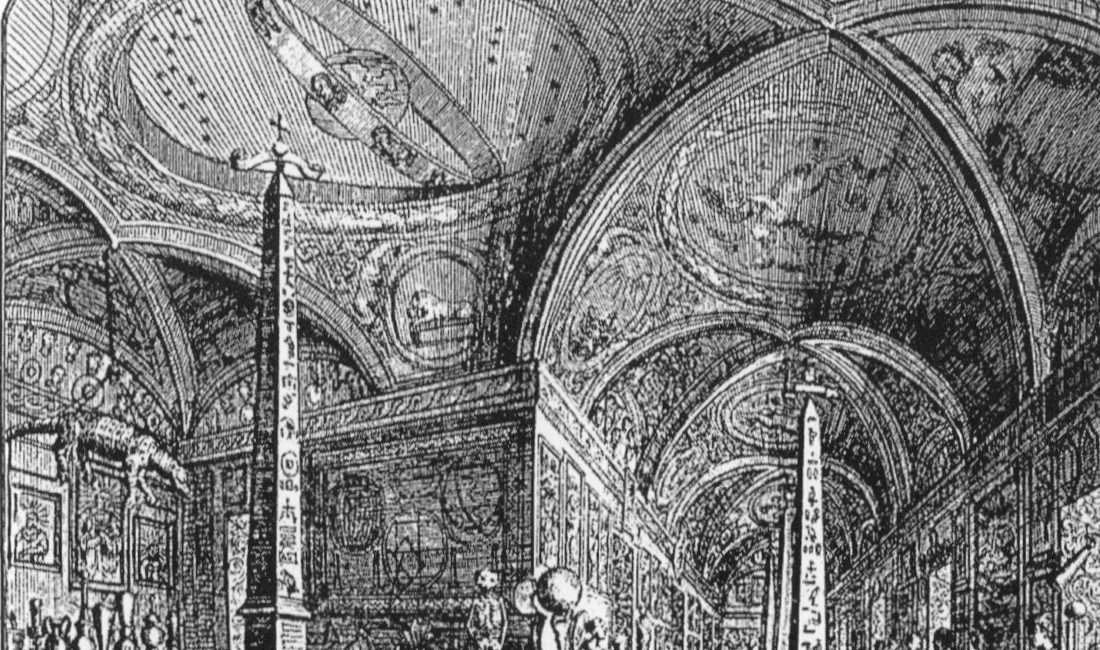Fake fossils are a difficult issue for modern paleontologists: there is a booming black market in forgeries, and well-intentioned researchers of the past have even managed to accidentally fool the curators of today with detailed reconstructions! The black market manufacturers have money on their minds and past researchers were simply doing their jobs to the best of their abilities, but one historical case of forged fossils stands out as particularly sinister. The victim was a certain Dr. Johann Bartholomew Adam Beringer (1667-1738), a professor at the University of Wurzburg. The perpetrators: Beringer’s very own colleagues, J. Ignatz Roderick and Georg von Eckhart.[1] This sordid tale resulted in unfortunate endings for all three of the parties involved, but also produced a curious monograph entitled Lithographia Wirceburgensis which can be found digitized in our Unearthed! digital collection.













